The invention of the subway has significantly accelerated people’s lives since the 19th century. It is essentially an underground railway that runs on a fixed track. The advantage is that there are no obstacles in the way, so you can get to your destination many times faster. But have you ever noticed the spectacular stops that you might be getting on or off at? Here are five amazing metro stations from Eastern Europe.
Fővám tér | Hungary
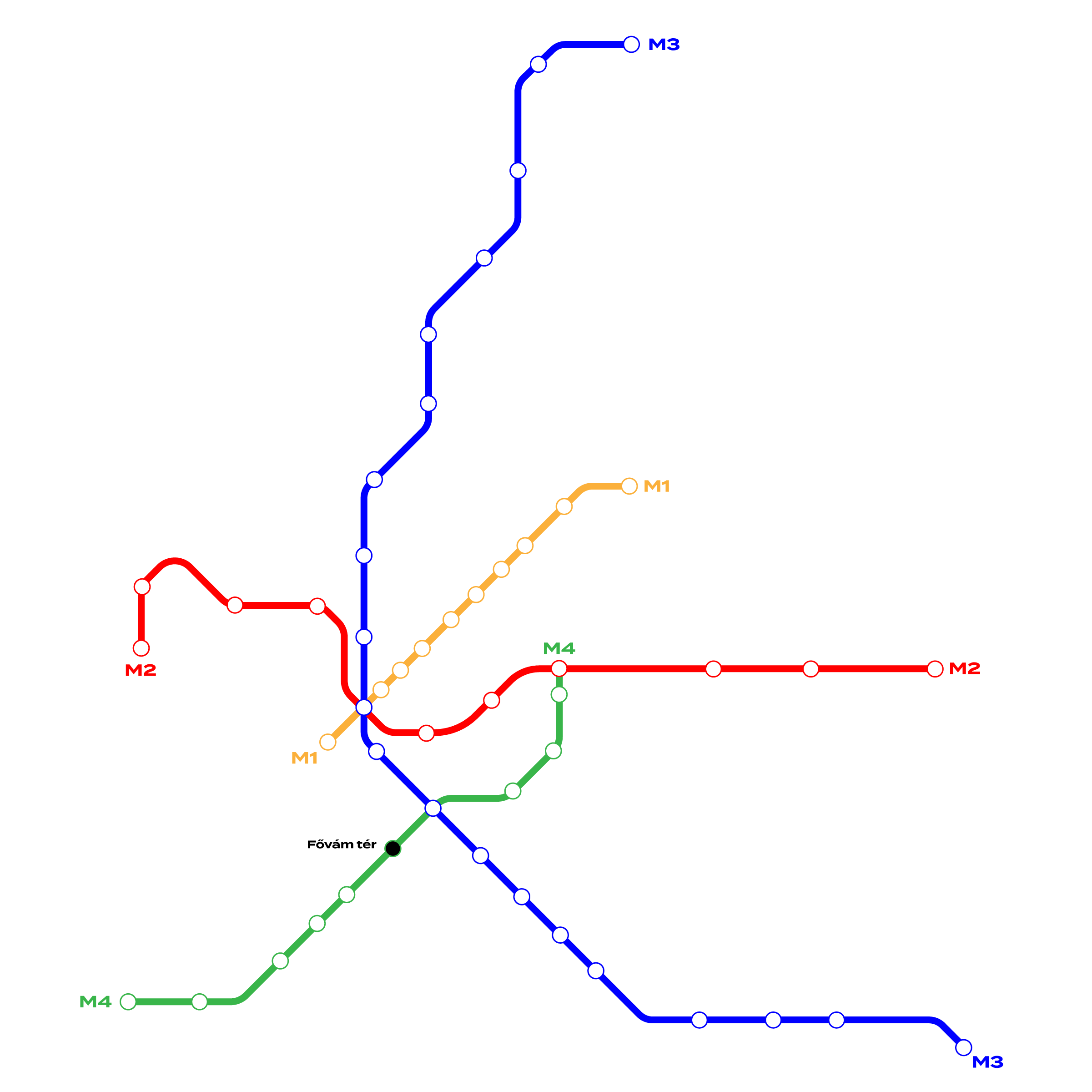
Fővám tér metro station is located between Szent Gellért Square and Kálvin Square on the metro line M4 in Budapest. The design is robust and stern, but rich in lovable details and unique architectural solutions. The designers also made sure that in addition to the Corten steel panels and the exposed concrete walls, they would also add a touch of playfulness here and there: futuristic white seating and fun colored mosaic tile soften the austerity of the space. The designers won several awards for the metro station in 2014 and 2015, following its inauguration.



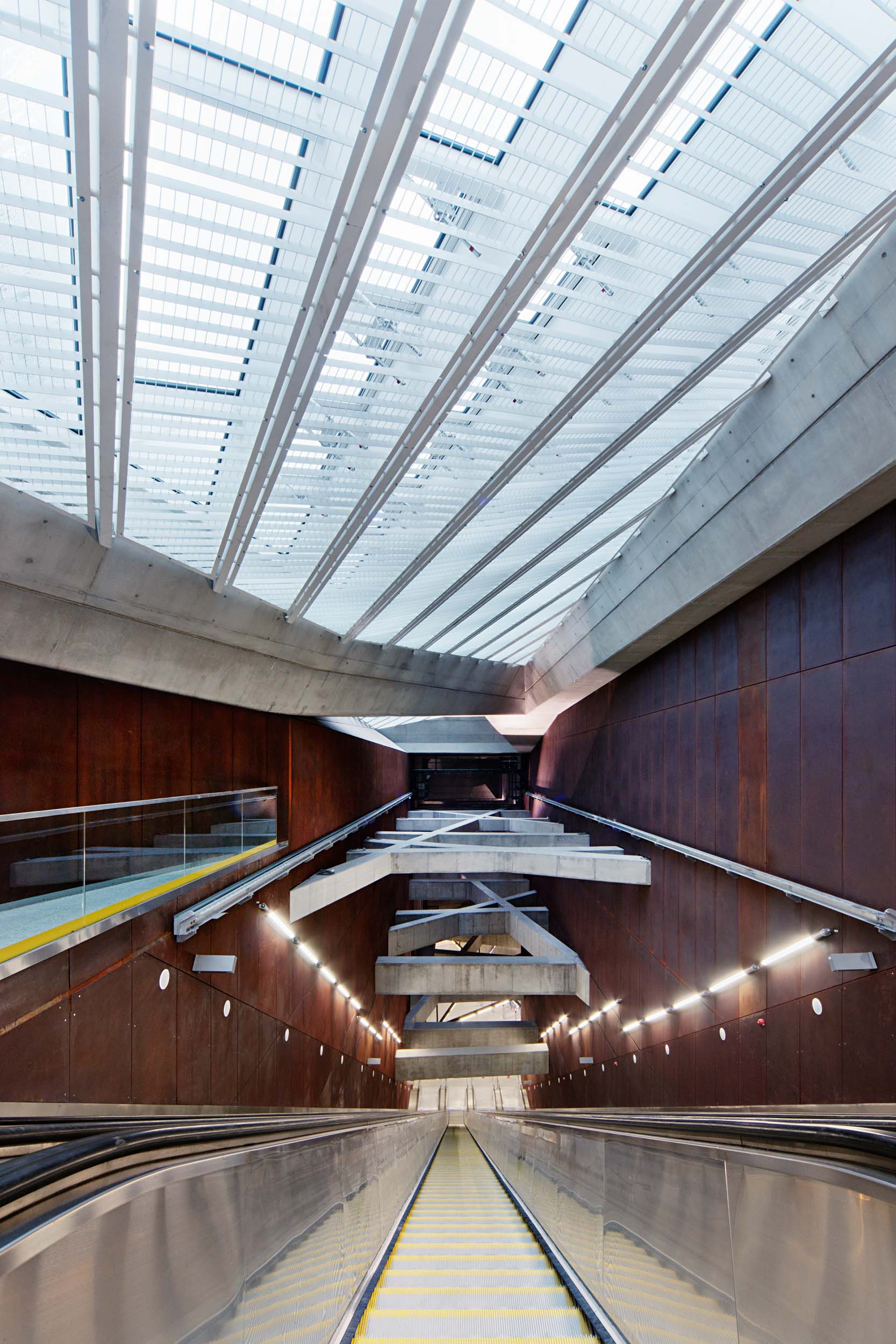

Staroměstská | Czechia

Staroměstská is a metro station in the center of Prague, on Line A, opened to the public on 12 August 1978. The Staroměstská is a three-aisle station with a shortened central tunnel and eight pairs of passageways to the platform, which is located 28 meters below ground level. From the station, an escalator tunnel leads to the lobby situated below Kaprovou Street, where a tram connection is available. The station is clad in white marble, and the platform area is covered with anodized red and gold decorative aluminum panels. The station cost 265 million Czech crowns to build. An exciting feature is that its decorative elements are reminiscent of LEGO bricks.




Deák Ferenc tér | Hungary

The recently reopened metro station is located in the heart of the Hungarian capital, Budapest. Its uniqueness is due to the spectacular art piece covering the wall that you can enjoy while waiting on the platform. It is the work of Portuguese artist João Vieira and was donated to the Hungarian capital by the Lisbon Transport Company. The mosaic contains poems by Portuguese poets in Hungarian and those by Hungarian poets in Portuguese. The tile designs were specially sized for this station.




Plac Wilsona | Poland
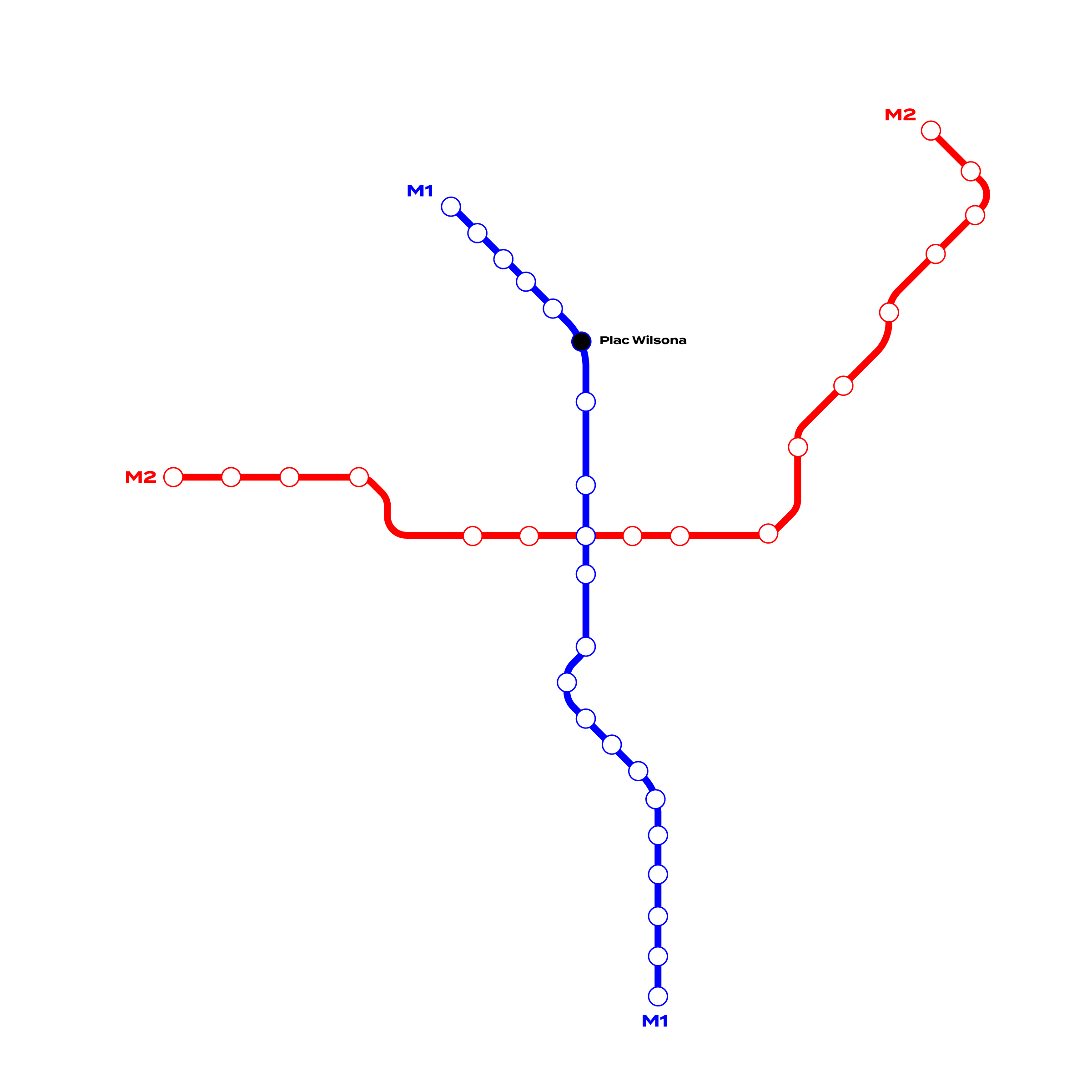
Plac Wilsona is a station on Line M1 of the Warsaw Metro. It is located below Wilson Square in the Żoliborz district, in the north of Warsaw. The station was opened on 20 December 2003 as the northern terminus of the Dworzec Gdański extension. In 2008, it won the Metro Award for the best recently constructed station at the Metrorail Convention. The station was designed by Polish architect Andrzej M. Chołdzyński.



Avtovo | Russia

Avtovo is located on the Kirovsko-Vyborska line in St Petersburg. The station was built as an underground station, supported by a double row of columns with a shallow foundation. It is famous for its richly decorated columns and walls, while its lighting is provided by chandeliers. The platform ends in a wall on one side, and in a spiral staircase leading to the surface lobby on the other. It was designed as a rectangular brick structure with a glass dome and a colonnaded façade. Inside, at the base of the dome, there is an inscription dedicated to the defenders of the city during the blockade of Leningrad, which became the theme of the architectural design of the whole station. It was one of the first stations to be opened, having been serving the city since 15 November 1955.




Cover | Photo: Gulyás Attila
Photos | Gulyás Attila
Photos | Bujnovszky Tamás
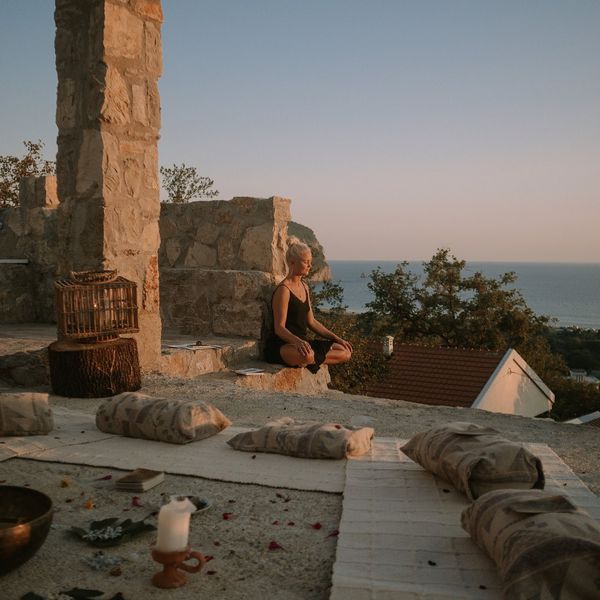
Some ideas if you want to get away from it all
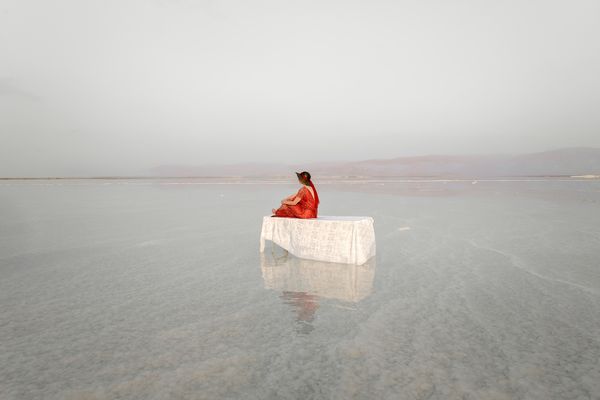
Vanishing mysticism | Alexander Bronfer’s photos of the Dead Sea










